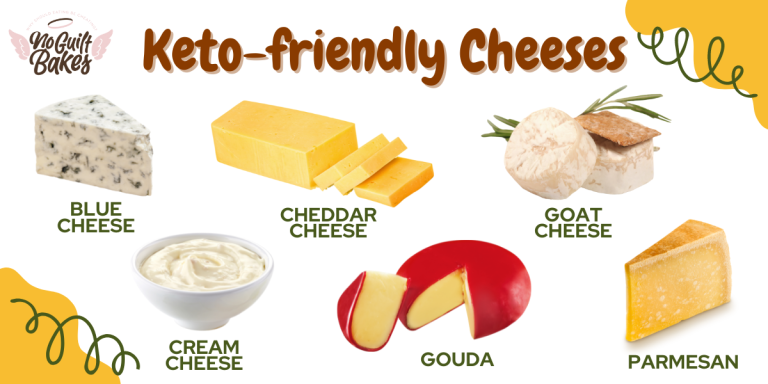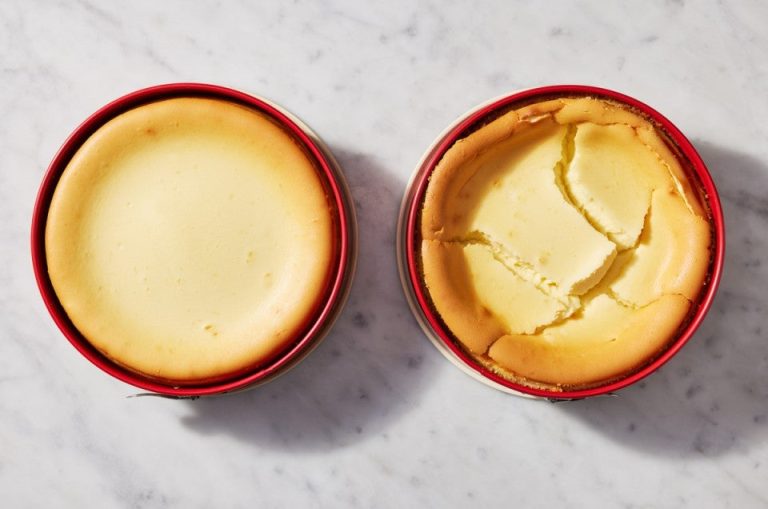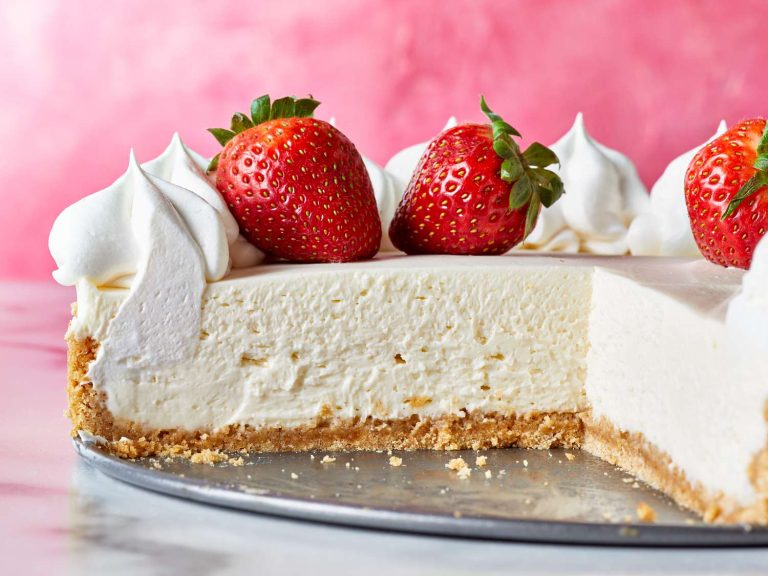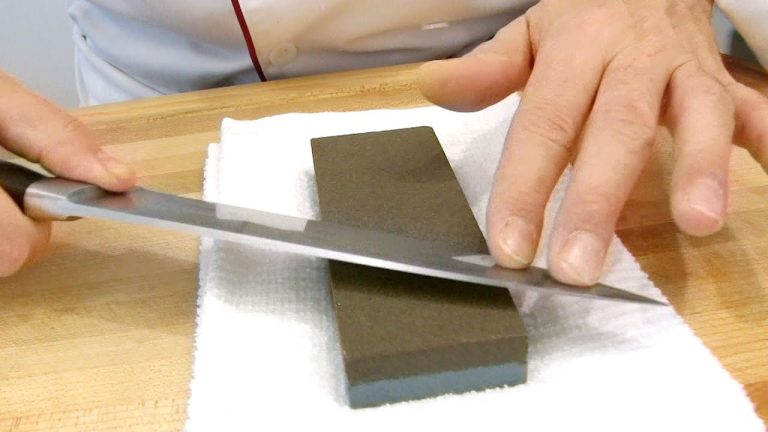Does Cheesecake Have Protein? Unveiling the Nutritional Facts
Does cheesecake have protein? Yes, cheesecake contains protein, mainly from cream cheese, eggs, and sometimes sour cream. A typical slice provides about 5–8 grams of protein, depending on the recipe. However, it is also high in fat and sugar, so it’s not a significant protein source compared to lean meats or dairy.
You might be surprised to learn that cheesecake contains more than just sugar and fat. Yes, it has protein too! Are you curious about how much protein is hiding in your slice of cheesecake and whether it can be a part of a balanced diet?
Stick around, because we’re going to explore the nutritional benefits of cheesecake. You’ll discover surprising facts that might just change the way you enjoy your favorite dessert. Ready to uncover the delicious truth? Let’s dive in!
Does Cheesecake Have Protein?
Nutritional Composition Of Cheesecake
Cheesecake is a favorite dessert worldwide, loved for its creamy texture. But what’s inside this delicious treat? Understanding the nutritional composition of cheesecake can surprise many dessert lovers. Cheesecake contains various nutrients, each contributing to its unique taste and texture.
Let’s dive into the specifics of what makes up this popular dessert.
Protein Content In Cheesecake
Cheesecake contains a moderate amount of protein. The main source of protein is the cream cheese used in the recipe. Cream cheese provides essential amino acids, which are the building blocks of protein. A standard slice can offer around 5 to 6 grams of protein.
Though not as high as meat or beans, it’s a sweet source of protein.
Carbohydrates And Sugar
Carbohydrates play a significant role in cheesecake’s composition. The crust, often made from graham crackers or biscuits, is rich in carbs. Sugar, both in the crust and filling, adds to the total carbohydrate content. A slice can have up to 30 grams of carbs.
This makes it a high-carb dessert choice.
Fat Content
Cheesecake is known for its rich, creamy texture. This texture comes from its high-fat content. Cream cheese is a primary fat source, providing both saturated and unsaturated fats. Each slice can contain between 18 to 25 grams of fat.
Fats contribute to the creamy mouthfeel that cheesecake is famous for.
Vitamins And Minerals
Cheesecake provides some essential vitamins and minerals. It contains calcium from cream cheese, crucial for bone health. It also offers small amounts of vitamins A and B12. While not a significant source, these nutrients add some health benefits.
They make cheesecake a slightly more nutritious dessert option.
Caloric Value
Cheesecake is a calorie-dense dessert. A typical slice can contain between 250 to 450 calories. This calorie count comes from the combination of fats, sugars, and carbs. Being aware of its caloric content can help in making mindful eating choices.
Enjoy it in moderation for a balanced diet.
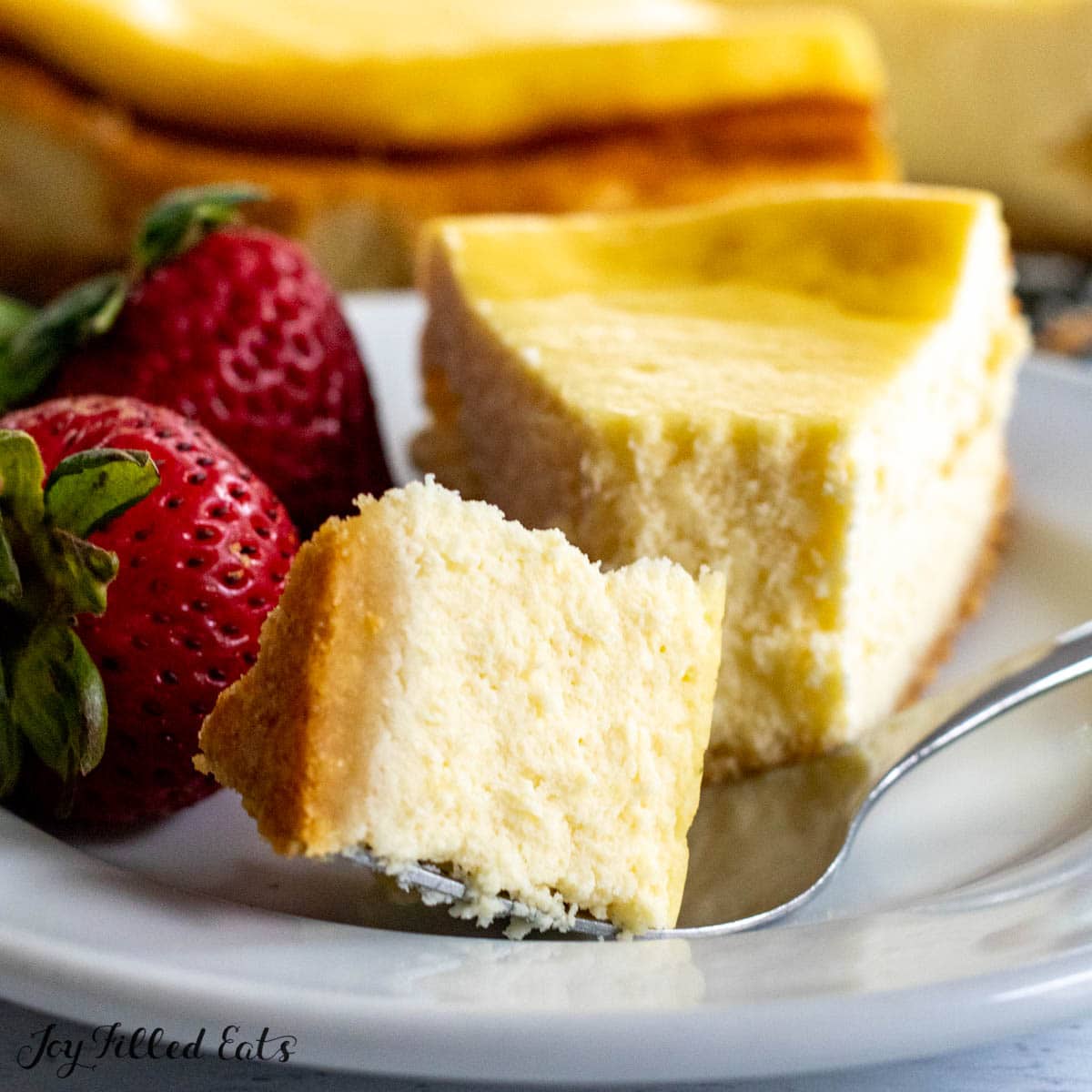
Credit: joyfilledeats.com
Protein Sources In Cheesecake
Cheesecake is often seen as a sweet dessert indulgence. But many don’t realize it contains protein. The protein in cheesecake comes from its key ingredients. These ingredients are the building blocks of this creamy treat. Let’s explore how cheesecake manages to pack in protein.
Cheese As A Protein Source
The main ingredient, cream cheese, is rich in protein. It’s made from milk, which is a natural protein source. This gives cheesecake a nutritional boost. Every slice offers a decent amount of protein.
Eggs Boost Protein Content
Eggs are another vital ingredient in cheesecake. They bind the mixture and add texture. Eggs are known for their high protein content. This adds to the protein total in each serving.
Greek Yogurt Options
Some cheesecake recipes use Greek yogurt. This substitution increases protein levels further. Greek yogurt is thicker and has more protein than regular yogurt. It adds creaminess and a protein punch.
Nut-based Crusts
Some cheesecakes have a nut-based crust. Nuts like almonds or walnuts are rich in protein. This crust type can elevate the protein content of the dessert. It also adds a delicious crunch.
Comparing Cheesecake To Other Desserts
Cheesecake, often seen as a decadent dessert, raises questions about its nutritional content. One aspect to consider is its protein level compared to other desserts. Desserts vary significantly in their protein content. Cheesecake, with its rich ingredients, presents a different profile.
Comparing Protein In Cheesecake To Chocolate Cake
Chocolate cake is a popular choice at celebrations. It contains less protein than cheesecake. Cheesecake includes cream cheese and eggs, both protein-rich ingredients. Chocolate cake relies more on flour and sugar. These ingredients offer minimal protein. Enjoying cheesecake can provide more protein than a slice of chocolate cake.
Cheesecake Versus Ice Cream
Ice cream is a favorite treat for cooling off. It typically has less protein than cheesecake. Ice cream consists mainly of milk, cream, and sugar. Cheesecake includes eggs and cream cheese, boosting its protein content. For a protein boost, cheesecake can be a better option than ice cream.
Protein In Cheesecake Compared To Fruit Tart
Fruit tarts are often lighter and refreshing. They usually contain less protein than cheesecake. Fruit tarts focus on fruits, a pastry shell, and custard. These elements provide limited protein. In contrast, cheesecake incorporates protein-rich ingredients like eggs. Choosing cheesecake over fruit tart gives a higher protein intake.
Cheesecake Against Cookies
Cookies are a quick and convenient snack. They generally have lower protein content than cheesecake. Cookies are primarily made of flour, sugar, and butter. These components offer little protein. Cheesecake’s ingredients contribute more protein. Opting for cheesecake might be more satisfying when protein is a consideration.

Credit: www.builtlean.com
Health Benefits Of Cheesecake Ingredients
Cheesecake contains protein from its main ingredients like cream cheese and eggs. These ingredients support muscle repair and growth. Enjoy cheesecake in moderation to benefit from its protein content while satisfying your sweet tooth.
Cheesecake is a delightful dessert that many of us love, but have you ever wondered about the health benefits hidden within its creamy layers? You might be surprised to learn that the ingredients in cheesecake can offer more than just a sweet treat. While it’s not a health food, understanding what goes into it can help you appreciate its nutritional value.
Understanding The Protein Content In Cheesecake
Cheesecake contains protein primarily from its main ingredient: cream cheese. This dairy product is rich in protein, contributing to muscle repair and growth. An average slice can provide around 5 grams of protein, which is a decent amount for a dessert.
The Role Of Eggs In Cheesecake
Eggs are another key ingredient that adds protein to cheesecake. Not only do they help bind the ingredients together, but they also enhance the dessert’s texture. Eggs contain essential amino acids, which are crucial for maintaining healthy body tissues.
Milk: More Than Just A Creamy Addition
Milk is often added to cheesecake mixtures for creaminess, but it also boosts the protein content. It’s an excellent source of calcium, promoting strong bones and teeth. If you’re using low-fat milk, you can enjoy these benefits without extra calories.
Nuts: A Crunchy Source Of Protein
If you enjoy a cheesecake with a nutty crust or topping, you’re in luck. Nuts like almonds or walnuts add both protein and healthy fats. These fats can support heart health and provide lasting energy.
Can Cheesecake Be Part Of A Balanced Diet?
Balancing your diet with occasional treats like cheesecake can be part of a healthy lifestyle. While it’s important not to overindulge, understanding its ingredients can help you make informed choices. So, next time you enjoy a slice, consider the nutritional benefits hidden within. Are you making the most of what cheesecake has to offer?
Tips For A Protein-rich Cheesecake
Cheesecake can be a surprising source of protein. Incorporate Greek yogurt or cottage cheese for a boost. Opt for almond flour crust to add even more protein.
Are you a cheesecake enthusiast who loves to indulge guilt-free? If you’re wondering how to make your favorite dessert a bit more nutritious, you’re not alone. Adding protein to cheesecake can transform it from a mere treat into a satisfying snack. Let’s explore some practical tips to craft a protein-rich cheesecake without sacrificing its creamy goodness.
Use Greek Yogurt
Swap out traditional cream cheese for Greek yogurt. It’s thick, creamy, and packed with protein. Plus, it adds a tangy twist to your cheesecake. You might find it hard to go back once you taste this delightful change.
Opt For Protein Powder
Consider adding protein powder to your cheesecake mix. Choose a flavor that complements your recipe, like vanilla or chocolate. It’s an easy way to boost the protein content without altering the texture drastically.
Incorporate Nuts
Nuts are not only rich in protein but they also add a delightful crunch. Think almonds, walnuts, or pecans. Sprinkle them on top or mix them in the batter to enhance both flavor and nutrition.
Choose A Nut-based Crust
Traditional graham cracker crusts can be swapped for a nut-based alternative. Almond flour or crushed cashews can serve as a protein-rich crust, adding a new layer of taste.
Experiment With Cottage Cheese
Cottage cheese is another protein powerhouse. Blend it until smooth and mix it into your cheesecake batter. It offers a creamy texture and a subtle flavor boost.
Add Egg Whites
Egg whites are an excellent source of protein. Using them in your cheesecake can help bind the ingredients while increasing the protein content. It’s a simple addition that makes a big difference. Have you tried any of these tips before? Imagine the possibilities when you mix and match these ingredients to create your perfect protein-rich cheesecake.

Credit: thebigmansworld.com
Frequently Asked Questions
Is There Protein In Cheesecake?
Yes, cheesecake contains protein from cream cheese and eggs. It’s not a high-protein food, though.
How Much Protein Does Cheesecake Have?
Cheesecake typically has 5-8 grams of protein per slice. This can vary based on ingredients.
Can Cheesecake Be A Protein Source?
Cheesecake isn’t a primary protein source. It offers small protein amounts but is mainly a dessert.
Conclusion
Cheesecake does have some protein. But, it’s not a high-protein food. Most of its protein comes from cream cheese and eggs. Enjoy it as a treat, not a protein source. Balance it with other nutritious foods. This way, you get a well-rounded diet.
Always watch portion sizes to avoid extra calories. Remember, moderation is key. Savor each bite, knowing what it offers. Cheesecake can be a delightful addition to your meals. Just keep in mind its overall nutritional profile. Enjoy responsibly and stay informed about your food choices.
Related Recipes
- Can You Leave Cheesecake Out Overnight? Discover the Truth
- How Far in Advance Can You Make Cheesecake? Tips & Tricks
- 7 Best Cake Knife: Exquisite Sets for Weddings, Birthdays, and More
- 7 Best Sheet Cake Pan: Discover Top Picks for Perfect Baking Results
- 7 Best Tube Cake Pan: Discover Top Picks for Perfect Baking Results


